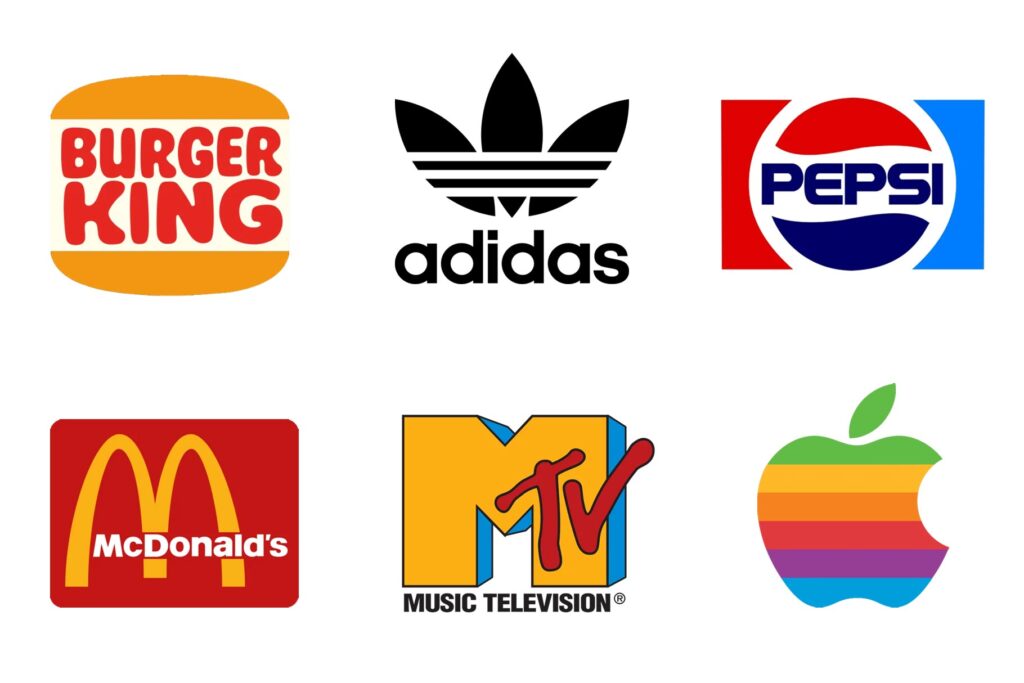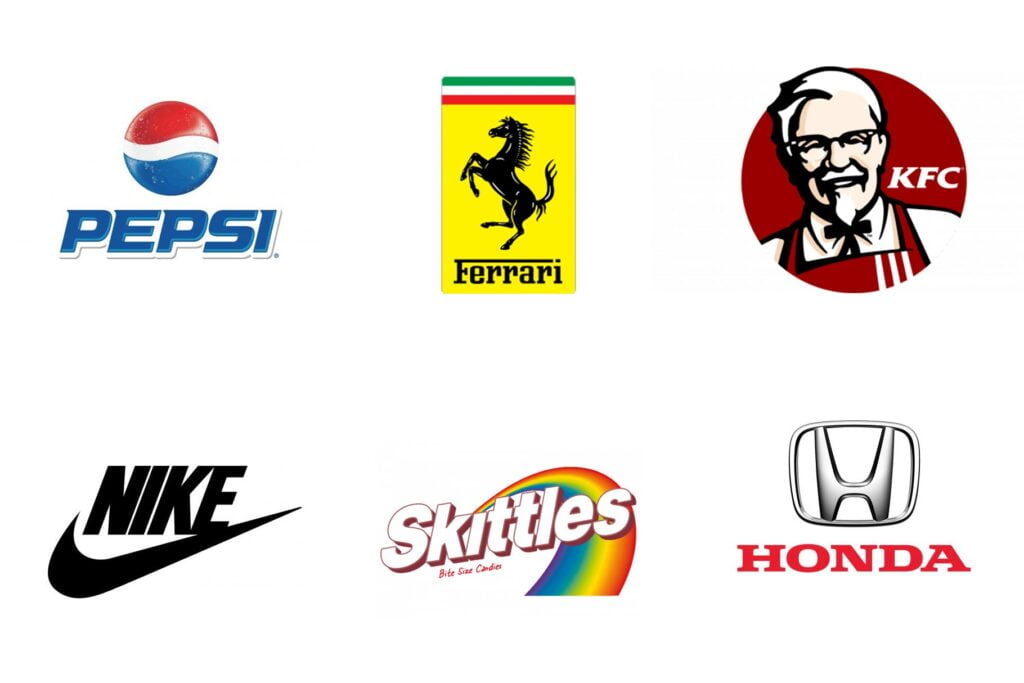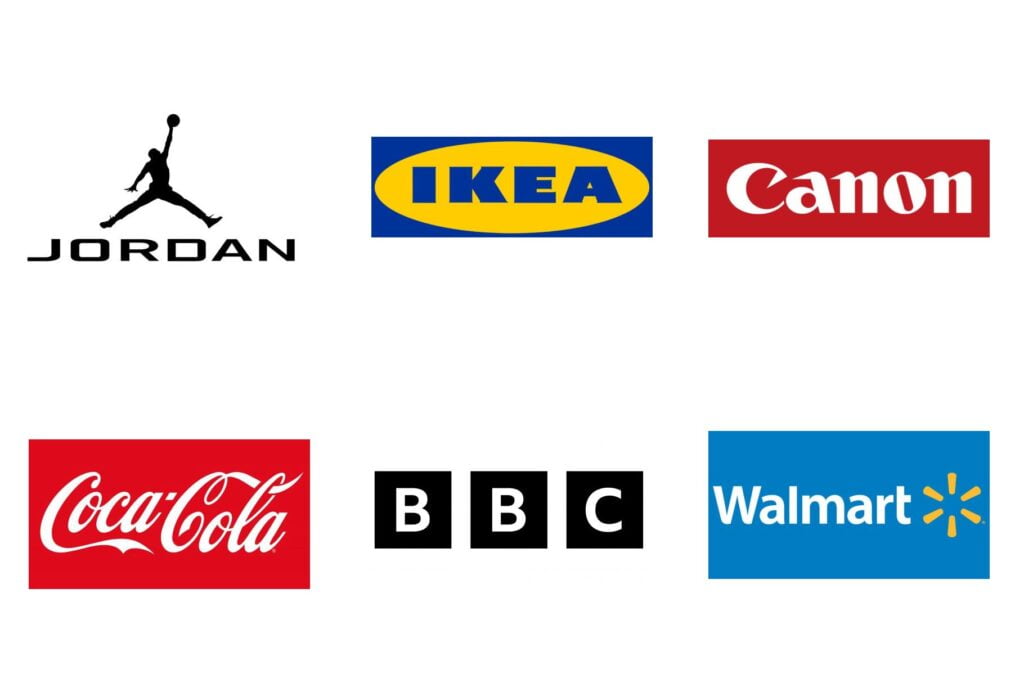The world of logo design has undergone some dramatic changes in just the last few years. The digital age has brought about a host of new opportunities for businesses and individuals, but it’s also meant that all industries must adapt to an increasingly digitized, mobile world.
As such, even something as seemingly simple as a logo design can be affected by these shifting times.
The old way of doing things is no longer effective. The days of simply designing a logo in Photoshop or Illustrator and sending it off to print are long gone, and businesses today need to be adaptable when it comes to their marketing materials.
It’s not enough to design a logo that looks good on a business card or website anymore; it needs to work well on mobile devices as well.
That means keeping the text legible, choosing colors that pop without being too bright or garish, and making sure your images are clear and easy to read in any size.
In this article, we’ll explore how our understanding of what makes up an effective logo has evolved over time; where we’re at now; and where things might be going from here!
Traditional Logo Design

A logo is the first thing a consumer sees and the last thing they remember. This means that it is essential for your company’s logo to be memorable, but not so memorable that it becomes annoying.
A good logo should also be simple and easy to read at any size, which makes sense since your customers will see it everywhere from billboards to social media posts.
In traditional branding methods, a professional designer creates several drafts of both words and images before coming up with something that works well as both an icon (or “logo”) and a wordmark (the actual text within your brand name).
This process can take a long time, especially if your company has no pre-existing branding guidelines to work from. If you are working with a designer on an ad hoc basis, it is essential that you communicate exactly what you want from them.
The Shift to Digital Platforms
In the digital age, logos have undergone a significant transformation because of the influence that digital platforms exert on consumers.
To be effective, logos designed for print media needed to be adapted to the dynamic and interactive nature of a Web environment. With the rise of digital technologies, old-school logos had to change or disappear.
Digital platforms introduced new design challenges for logos. Logos needed to be visually appealing and recognizable no matter the screen size or resolution of a viewer’s device.
They had to be flexible, and able to work in different contexts such as social media profile pictures and website headers.
In order for logos to retain their clarity and legibility on both large desktop screens and small mobile devices, responsiveness—as well as scalability—became paramount.
In the digital age, logos had to become more than just marks; they needed to be interactive and create memorable experiences for their audience.
These digital logos could respond to user interactions, and incorporate dynamic effects and transitions.
As businesses moved to digital platforms, they needed logos that were versatile and dynamic enough to engage audiences in a new environment. This shift created an opportunity for designers to innovate with fresh approaches.
You may also like Importance of Functionality in Logo Design (The Ultimate Guide)
Simplification and Minimalism
In the past, logos were often designed with a lot of elements and shapes. While these traditional designs still have their place in today’s world, they can be overwhelming and distracting for consumers who are looking for minimalism.
As devices become smaller and screens get bigger, many designers are simplifying or removing elements from their logos so they can be displayed clearly on both websites and mobile applications.
Minimalist logos are defined by their simplicity. They use clean lines and an absence of clutter to achieve a timeless aesthetic that appeals across cultures, languages, and mediums
A minimalistic logo can be reproduced in multiple sizes without losing its impact, making it ideal for digital applications.
It also has the added advantage of being more adaptable to different backgrounds and color schemes when displayed on brand collateral. They can be incorporated into a variety of digital products and services.
Minimalistic logos convey a sense of professionalism and sophistication, which reflects the shift towards streamlined visual language that is prevalent in the digital age.
Minimalism has been a trend in logo design for years, but now it’s more popular than ever. That may be due to the need of companies today to stand out from competitors and have an impact on customers who are bombarded daily with images and messages.
The 80s and 90s

As the world was becoming more digital, logos were becoming more abstract. In the 80s and 90s, designs were less literal and more illustrative; they expressed the brand’s personality through color, shape, and style.
Brands took advantage of this freedom to experiment with their logo design–they could be expressive or ornate: complex designs with lots of detail.
The best examples from this era show how logos have evolved from being merely functional into being an effective marketing tool that conveys a company’s personality while reinforcing its core values.
The 2000s and 2010s

In the 2000s and 2010s, logos became increasingly important. As companies grew larger and more global, they needed a way to stand out from their competitors–and nothing does that better than a strong logo.
This era also saw the rise of branding consultants who could help companies craft their own unique look and feel, helping them create a visual identity that would resonate with customers.
The increased importance placed on logos in the late 1800s brought about changes in design trends as well.
In particular, designers began paying more attention to color theory and symbolism – often using highly saturated hues or otherwise incorporating meaningful symbols into their work—than ever before.
Another common theme was incorporating symbols into the design itself rather than just using text alone (such as Facebook’s iconic “f”).
Meanwhile, technology continued shaping how people interacted with each other online–and thus how they viewed brands’ identities–making it critical for companies’ visual representations not only reflect but anticipate future innovations such as augmented reality apps or virtual reality headsets
The Present-day

The digital age is changing the way we do business. The number of people using digital platforms is increasing, as well as the number of ways they can use those platforms.
In addition, there are many more devices that allow us to access these platforms, which means that logo design needs to adapt in order to remain relevant in this new environment.
Furthermore, logos need to be able to convey the same message across all platforms. A logo that works well on a website may not necessarily work well as an app icon or as a sticker.
As a result, logos are becoming more flexible. They need to be able to work across all mediums and adapt easily to new devices.
For these reasons, flat design has become a popular trend in logo design.
Also, read How To Copyright and Trademark a Logo (Step-by-Step Guide)
Versatility and Adaptability
In today’s digital world, a logo design needs to be versatile and flexible enough so that it can maintain its visual impact regardless of the context in which it is viewed.
Versatility in logo design means that a logo can be used effectively for various applications, such as websites and mobile apps.
A versatile logo is one that retains its recognizability and brand identity regardless of its size, orientation, or background. It should seamlessly adapt to different layouts without sacrificing these core elements.
A logo’s adaptability is more than its versatility; it also involves a logo’s responsiveness to different platforms and user interactions.
In today’s world, logos are expected not only to appear on different printed materials but also to interact with audiences in the digital space.
Such customized logos can be triggered by user actions, such as clicking on a link within the content that takes users to an entirely new site.
Through its prioritization of versatility and adaptability, a brand’s logo can be applied to multiple digital touchpoints—ensuring consistent visual representation.
A strong digital brand presence enhances recognition, creates cohesion between different aspects of a company’s identity, and improves user experience.
Evolving Trends in Logo Design
The digital age has ushered in a new era of logo design, where trends reflect the dynamic nature of platforms and user preferences.
These trends shape the aesthetics, styles, and techniques used in creating logos. Understanding how these trends affect logo design will help you stay relevant on social media.
Currently, some prominent trends in logo design include:
Simplicity and minimalism: The focus on clean lines, minimal elements, and negative space continues to dominate logo design, as it ensures clarity and scalability across digital platforms.
Customization and personalization: Brands are increasingly exploring personalized logo designs to create unique connections with their target audience. Customizable logos allow users to interact and personalize the logo based on their preferences.
Integration of animation: Logos are embracing animation and interactivity to captivate and engage users. Animated logos bring movement and storytelling to the brand identity, leaving a lasting impression.
Abstract and geometric designs: Abstract and geometric logo designs are gaining popularity, offering a contemporary and visually striking approach that stands out in the digital space.
Hand-drawn and organic elements: Incorporating hand-drawn illustrations and organic shapes adds a human touch and authenticity to digital logos, making them more approachable and memorable.
Brands that stay abreast of these trends may be able to create logos that appeal to their target audience, have a modern aesthetic, and remain relevant in an ever-changing digital landscape.
but it’s important to ensure that the logo doesn’t feel dated.
Logo Design Tools and Technology
The digital age has brought about a wide range of tools and technologies that have changed the way logos are designed.
Today’s logo designers have access to advanced software, online platforms, and resources that enable them to create more creative, efficient, and collaborative logos than ever before.
Digital design software, such as Adobe Illustrator, Sketch, and CorelDRAW are powerful tools for creating vector-based logo designs.
These tools let designers create logos that are both precisely shaped and scalable, experiment with different typography options, and easily make revisions or variations.
Additionally, online logo design platforms have emerged that offer user-friendly interfaces and pre-designed templates to help businesses or individuals without design expertise create a matching brand identity.
While these platforms provide a quick and accessible way to create basic logos, they often lack the customization and originality that professional designers bring.
Artificial intelligence and machine learning technologies are transforming the design of logos.
AI-powered tools can help designers create logos based on user preferences and keywords, automate repetitive design processes, and measure logo performance.
As technology advances, designers are creating immersive logo experiences by using augmented reality (AR) and virtual reality (VR).
Interactive and engaging logo designs can go beyond static visuals with the use of these technologies.
Branding in the Digital Age
A strong logo is an essential tool in establishing and maintaining a brand’s identity in the digital age. The digital landscape presents unique challenges—and opportunities—for branding, requiring brands to adapt their strategies if they want to engage with customers effectively
An effective brand identity is recognizable and consistent at every touchpoint, such as websites, social media profiles, email newsletters—and of course logos.
In the digital age, brands also need to consider user experience (UX) and user interface (UI) design when creating a logo or branding campaign.
Logos integrated seamlessly with digital interfaces enhance user engagement and help to reinforce a brand’s identity.
When it comes to branding, brands must be mindful of the digital channels they use. Social media platforms and search engine optimization (SEO) are two examples of how companies can reach consumers online.
To get the biggest bang for your buck, a logo’s appearance should be customized to fit its intended medium.
In the era of digital branding, a strategic approach to logo design and consistent implementation across platforms is critical.
When brands leverage digital channels and provide users with a seamless experience, they can create a strong, recognizable identity in the online world.
Check out our trending article about How to Present Logo Design Concepts to Clients (Step-by-step)
Future Possibilities and Challenges
Looking ahead, the future of logo design holds exciting possibilities and unique challenges. As technology continues to advance and consumer behaviors evolve, logo designers will need to adapt their work accordingly in order not just to survive but thrive in this digital landscape.
In the future, it may be possible to use augmented and virtual reality when creating logos. AR and VR technologies can bring logos to life in 3D, offering users a more immersive brand experience.
With technological advances come challenges. One such challenge is striking a balance between innovation and brand consistency.
While embracing new technologies and design trends is important, brands must also ensure that their logos remain recognizable to customers. Striking the right balance between novelty and brand consistency will be crucial in logo design’s continued success.
Additionally, ethical issues may arise as AI and automation continue to shape logo design processes. For example, questions about intellectual property rights, originality, and authenticity could come into play.
The ethical dilemmas that designers face today are challenging, but they must ensure that the creative process remains respectful and transparent.
The future of logo design in the digital age holds immense potential for innovation and creativity. As companies embrace new technologies like AR and VR, they must also find a way to maintain brand consistency across platforms.
Conclusion
Logo design has evolved significantly over the past century. From its humble beginnings as a simple stamp or emblem, it has grown into an integral part of any company’s brand identity. Today’s designers face new challenges and opportunities in this digital age–and we are sure that logo design will continue to evolve with each passing year!
Recommended Reading: How Negative Space in Logo Design Makes a Brand Strong
FAQs
Does logo design change in the digital age?
Yes, it does. Logos are a representation of an organization’s identity. They aren’t just some image used to draw attention; they’re meant to convey what the company is all about. In the digital age, that means that logos need to be flexible and capable of adapting to different mediums and different uses.
What is logo evolution?
Logo evolution is the process of changing a logo to reflect the changes in the company’s brand. A company’s logo is often the first thing customers see, so it can be a powerful way to showcase your business’s new direction or rebranding efforts.
Why do logos evolve over time?
Logo evolution is a natural process that occurs when a company decides to change its logo in order to make it more modern and relevant. The word “evolution” implies that there has been some kind of change, or adaptation, which is necessary for a business to stay relevant in today’s market.
What is the history of logo design?
Logo design is the process of creating a visual representation of a company and its brand. The logo is often the first thing that people notice when they come into contact with a company or brand, so it’s important to have an effective one.
2 thoughts on “The Evolution of Logo Design in the Digital Age”